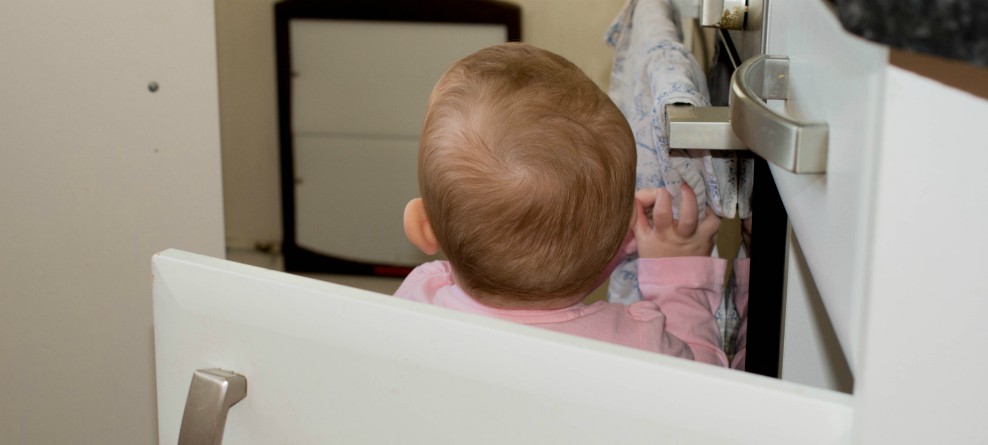Abuse and neglect of children PQS 5
Last updated: 6 June 2023
This page sets out the knowledge and skills listed in KSS 5 (abuse and neglect of children) in the Department for Education’s post-qualifying standard: knowledge and skills statement for child and family practitioners (KSS). Against this, we have mapped Community Care Inform guides, research, learning tools and other resources to help social workers meet KSS 5 as part of learning and development during the ASYE, and other career and continuing professional development. The links to the resources are in blue; click to follow them to the page you’re interested in.
What does the statement say? |
Resources to help you |
|---|---|
| A child and family social worker should be able to:
• Exchange information with partner agencies where there is concern about safety and welfare and analyse evidence from all agencies to ensure robust conclusions are drawn. • Recognise harm and the risk indicators of sexual, physical, emotional abuse and neglect. • Take into account the long-term effects of cumulative harm, particularly in relation to early indicators of neglect. • Consider the possibility of child sexual exploitation, grooming (on and offline), female genital mutilation and enforced marriage and the range of adult behaviours which pose a risk to children, recognising too that children may be perpetrators of abuse. • Lead the investigation of allegations of significant harm in consultation with other professionals and practice supervisors. • Draw own conclusions about the likelihood of, for example, sexual abuse or non-accidental injury having occurred and the extent to which any injury is consistent with the explanation offered. Commission a second professional opinion and take legal advice where necessary. |
Neglect knowledge and practice hub provides a wide range of resources to help you apply theory and research to practice dilemmas, including the impact of neglect at different age, intervention models and service user perspectives.
Child sexual abuse knowledge and practice hub includes risk factors, signs and indicators, working with partner agencies, supporting children to speak about abuse with case studies and survivor perspectives throughout. CSE knowledge and practice hub includes signs and indicators of child sexual exploitation and working with the criminal justice system. Responding to criminal exploitation and county lines explores the complexities of CCE and ways to safeguard children. See also the guide to safeguarding adolescents and Working with adolescents knowledge and practice hub. FGM knowledge and practice hub includes practice guidance, the law, a podcast and case examples you can use for group learning. Attachment knowledge and practice hub includes quick guides, tools and case studies to help you understand the links between maltreatment and attachment behaviours. Child protection conferences provides an overview of the process following a section 47 investigation with good practice pointers. Working Together 2018 guidance: how it affects your social work role summarises and explains how the key statutory safeguarding guidance operates. Pre-birth risk assessments considers how information should be shared between agencies and how to assess need indicators and protective factors. Multi-agency working: leading the professional network and chairing meetings gives tips on how social workers can lead child protection processes, in consultation with others.
|
Links to resource maps for other parts of the KSS:
- 1. Relationships and direct work
- 2. Communication
- 3. Child development
- 4. Adult mental & physical health, substance use, domestic abuse
- 5. Abuse and neglect of children
- 6. Child and family assessment
- 7. Analysis, decision-making, planning and review
- 8. The law and the family and youth justice systems
- 9. The role of supervision
- 10. Organisational context


